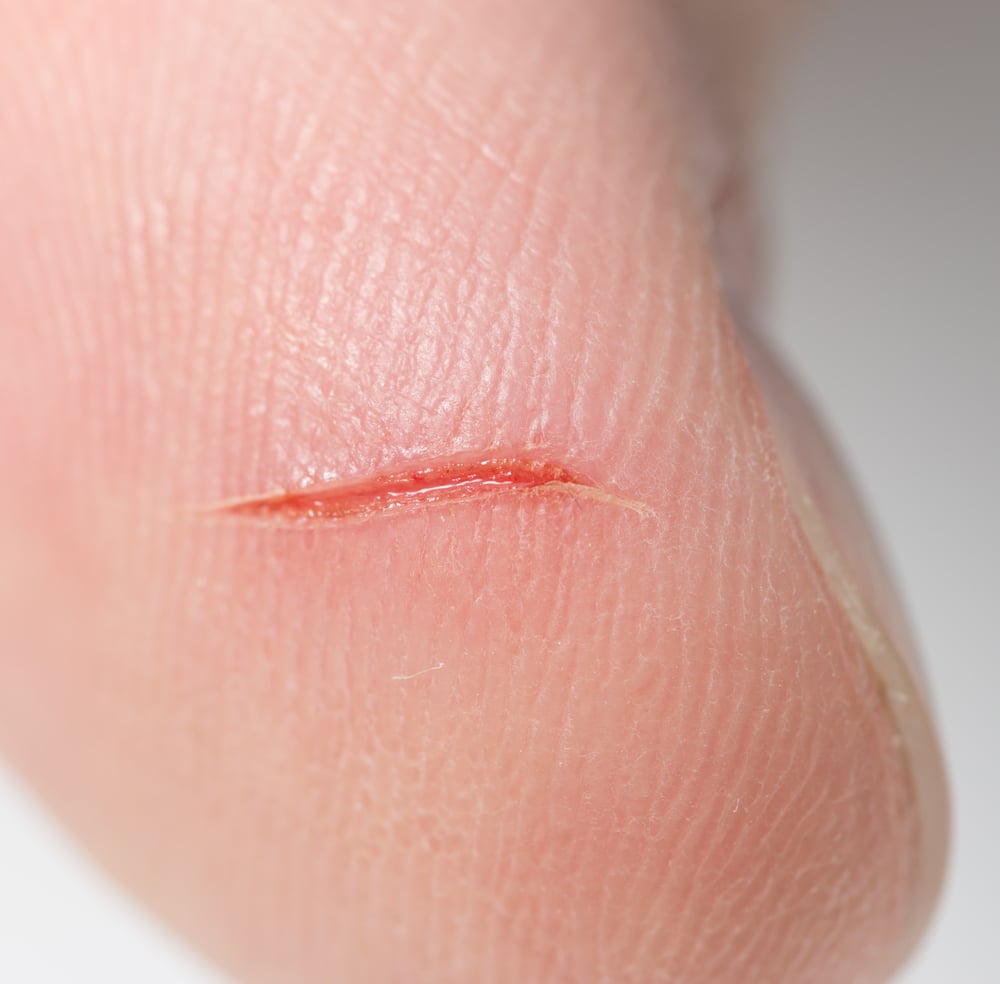

That said, those with a strong immune system and good hygiene practices (including proper wound care) are unlikely to become infected with flesh-eating bacteria. “During the 10-year period of 2003 through 2013, however, about 9,000 people died from this type of infection.” “These infections can be caused by a variety of bacteria, so there is not good data on an annual number of cases,” Dr. Amesh Adalja, Senior Scholar at Johns Hopkins Center for Health Security and spokesperson for the Infectious Diseases Society of America (IDSA). “Flesh-eating bacterial infections are relatively uncommon, but not so uncommon that they are rare,” says Dr. each year, although the actual number is likely higher.įlesh-eating bacteria can be caused by multiple types of bacteria, including the following:

According to the Centers for Disease Control and Prevention, group A streptococcus is most commonly to blame for necrotizing fasciitis, causing between 700 and 1,200 cases in the U.S.
#EARLY STAGE MINOR STAPH INFECTION SKIN#
The infection starts below the skin and spreads along the fascia (the flat layers of tissue that separate other tissues, including muscles, fat, and organs), destroying these tissues as it spreads through the body.įlesh-eating bacteria most commonly attacks the arms, legs, and abdominal wall. Flesh-eating bacteria-also known as necrotizing fasciitis-is a quick-spreading, aggressive infection that can be fatal if not treated promptly.


 0 kommentar(er)
0 kommentar(er)
